If you're considering getting a conch piercing, there are a few important things you should know to ensure the best possible outcome. In this article, we'll go over the most essential tips for getting a conch piercing, from choosing the right jewelry to identifying the signs of a healthy healing process.
One mistake that many people make when getting a conch piercing is starting with a ring. While rings may look cool, they can actually cause more problems than they solve. For one thing, rings tend to rub against the skin and cause irritation, which can lead to bumps and other complications. To avoid these issues, it's best to start with a stud and give your piercing time to heal properly (usually six to nine months). Once your piercer gives you the all clear, you can switch to a ring if you prefer.
-
Try a cuff before committing to a piercing.
If you're not sure if you want to go through with a conch piercing, consider trying a cuff first. A cuff is a ring with an opening that you can slip on and off your ear, and they come in a wide range of designs. By trying a cuff, you can get a sense of what a conch piercing would look like without committing to the actual piercing. You may find that you love the cuff so much that you don't even want to get a piercing, or you may decide that a piercing is exactly what you want after all.
-
Choose a stud with a flat back for optimal healing.
When it comes to jewelry for a conch piercing, a stud with a flat back is the way to go. Curved barbells and hoops can be more prone to irritation and complications, whereas a stud sits snugly against the skin and allows for optimal healing. Plus, studs can look just as stylish as other types of jewelry, so you don't have to sacrifice aesthetics for the sake of your health.
-
Look for signs of a healthy healing process.
To ensure that your conch piercing is healing properly, it's important to keep an eye out for certain signs. These include:
-
No pain or swelling: If your piercing is painful or swollen, it could be a sign of infection or other complications.
-
No discharge: Discharge from the piercing site is generally a bad sign, as it could indicate the presence of bacteria or other contaminants.
-
No crusting or scabbing: While some crusting and scabbing is normal in the early stages of healing, excessive crusting or scabbing could be a sign of a problem.
By paying attention to these signs, you can catch any issues early on and take steps to address them.
Getting a conch piercing can be a fun and stylish way to express yourself, but it's important to do it safely. By following these tips, you can ensure that your conch piercing heals properly and looks great for years to come.
Ready to book your conch piercing appointment? Click here to schedule your session with one of our experienced piercers.
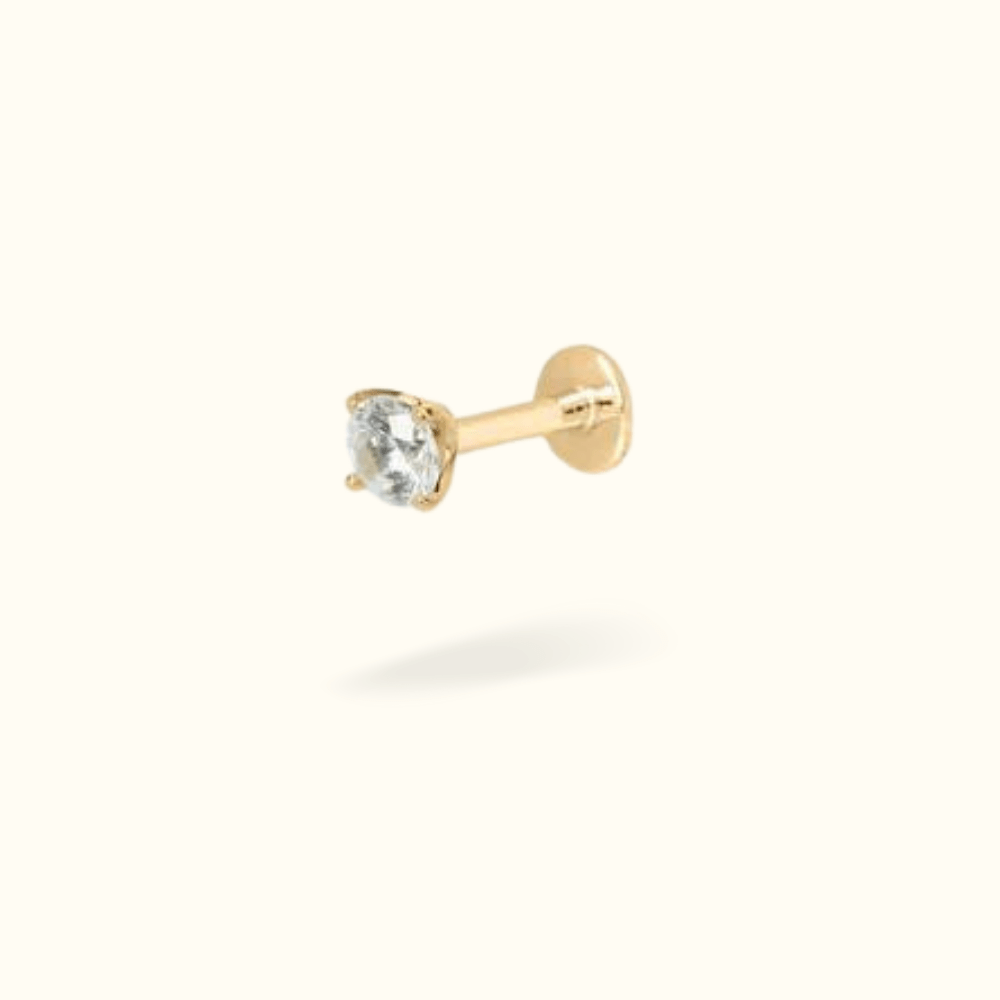
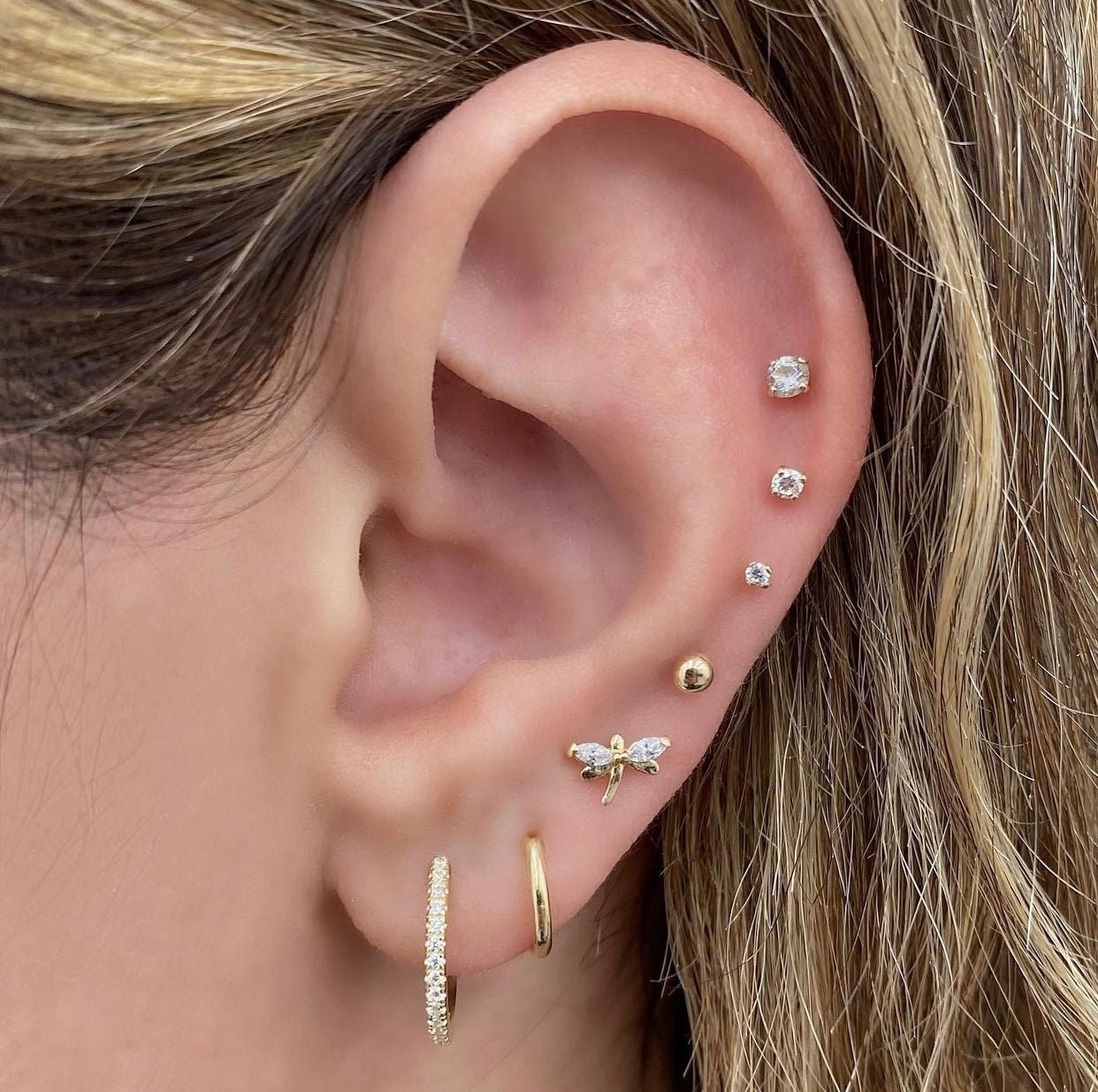
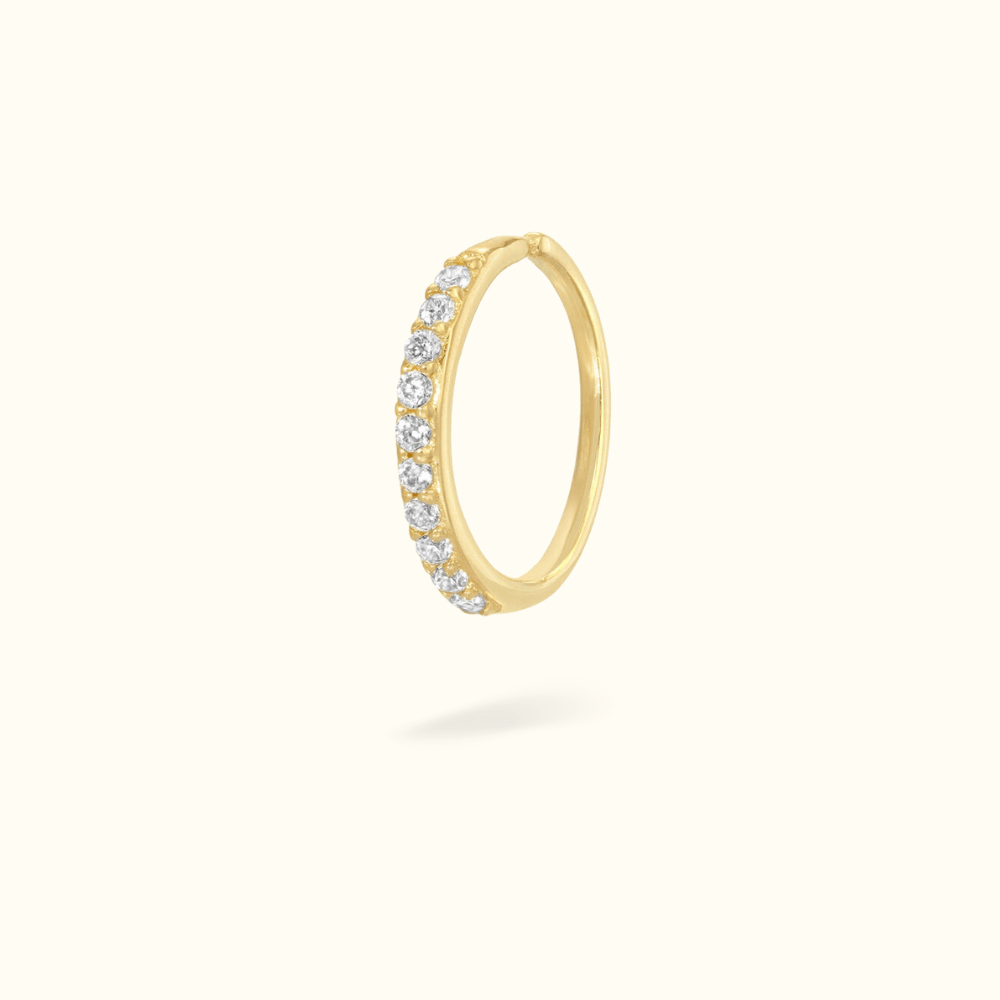
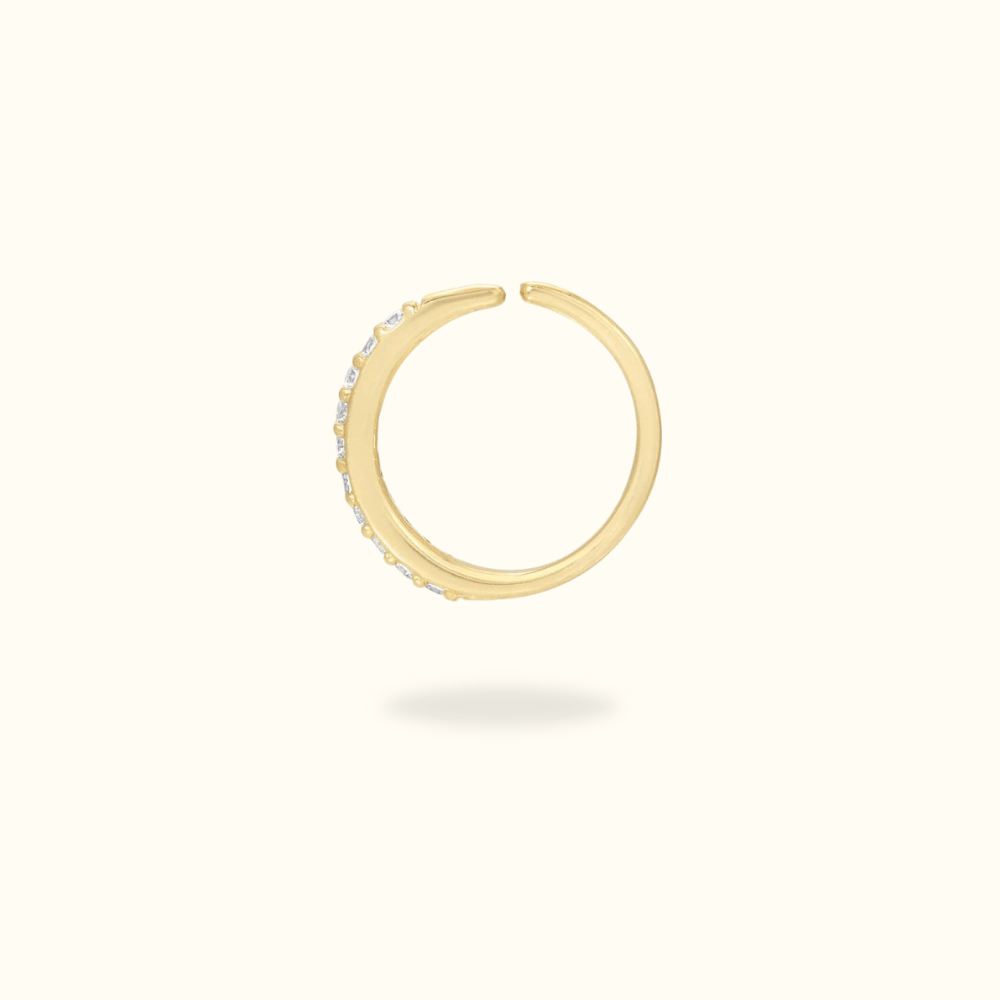
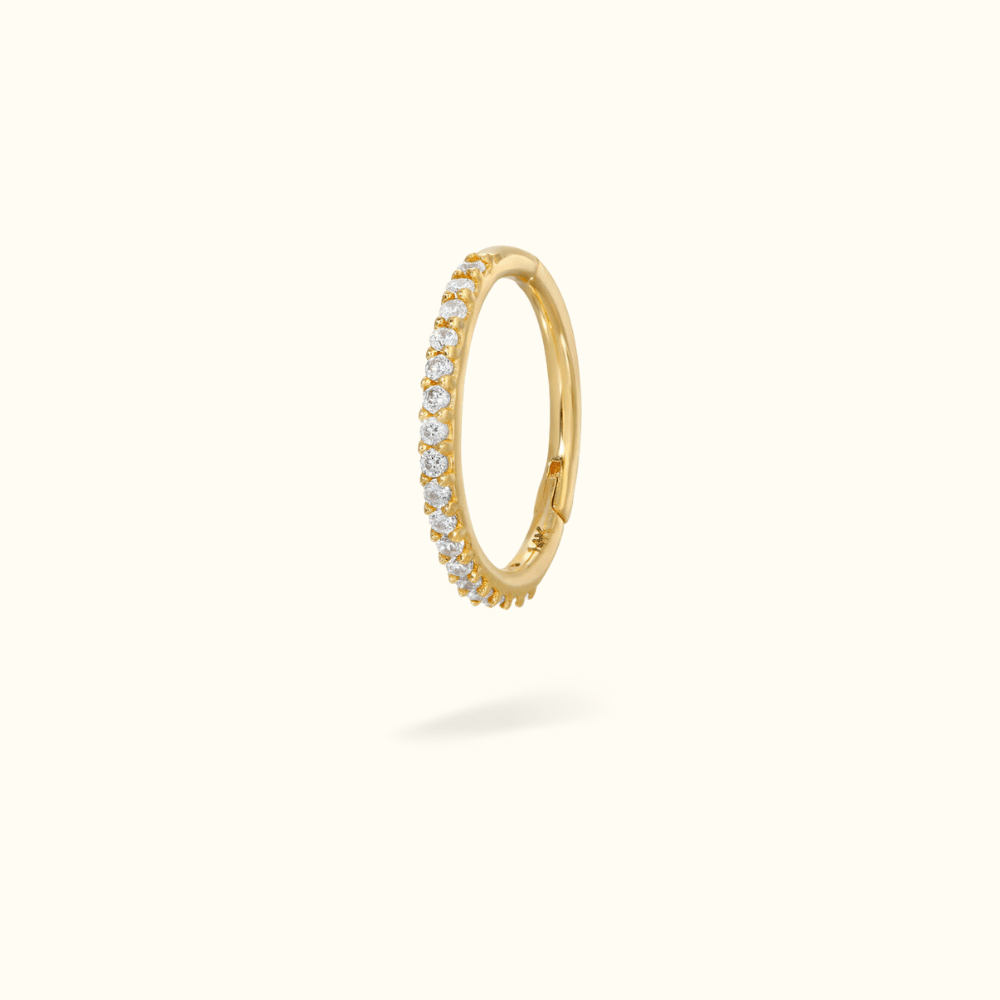
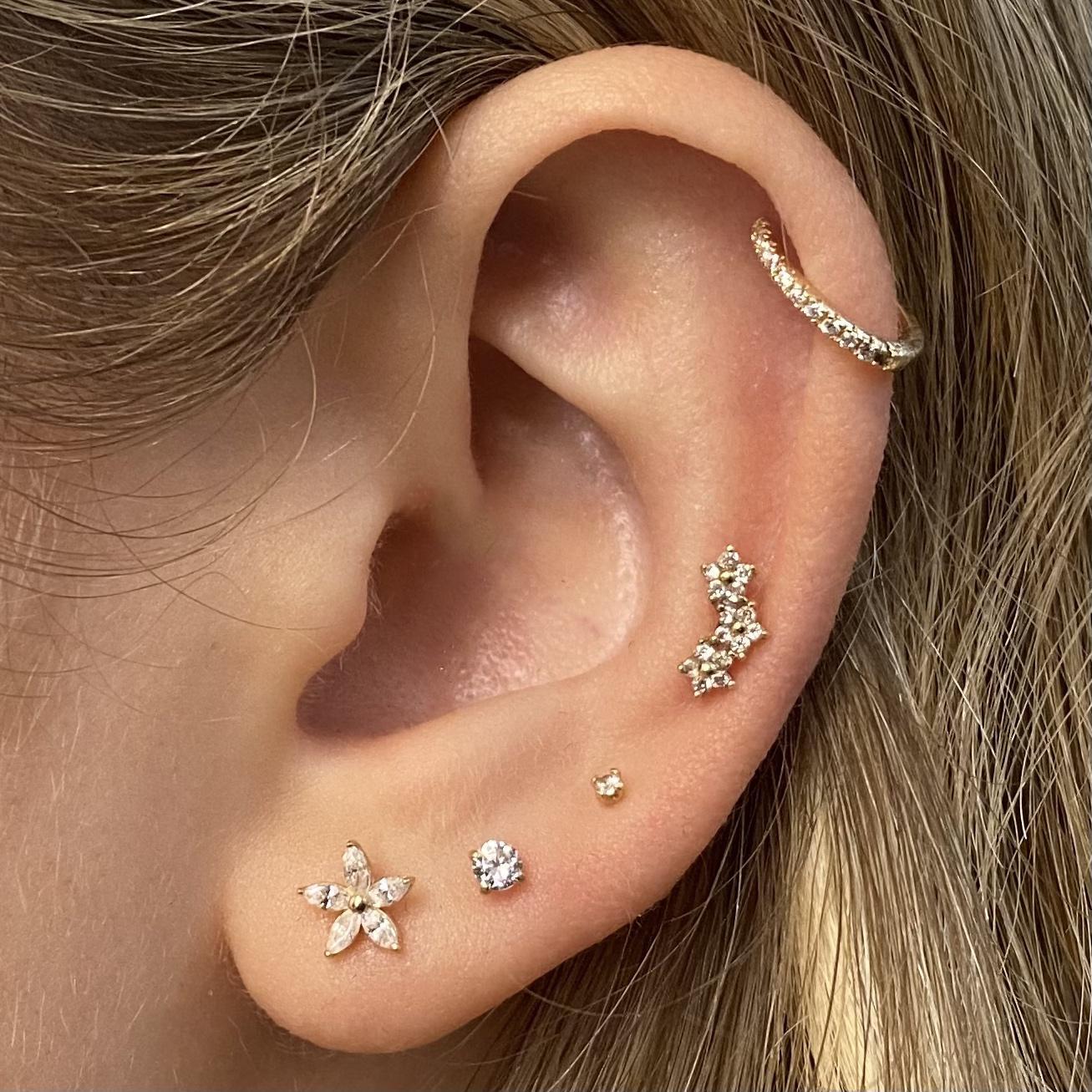
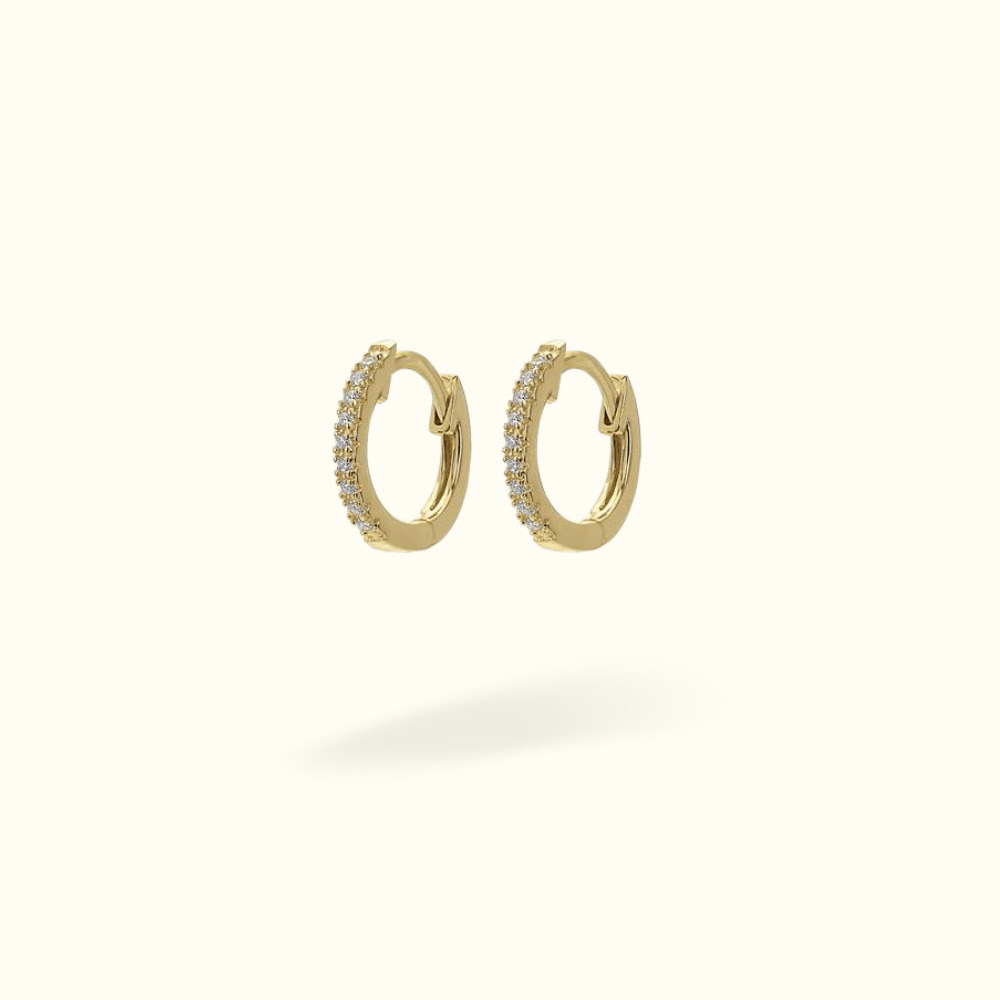
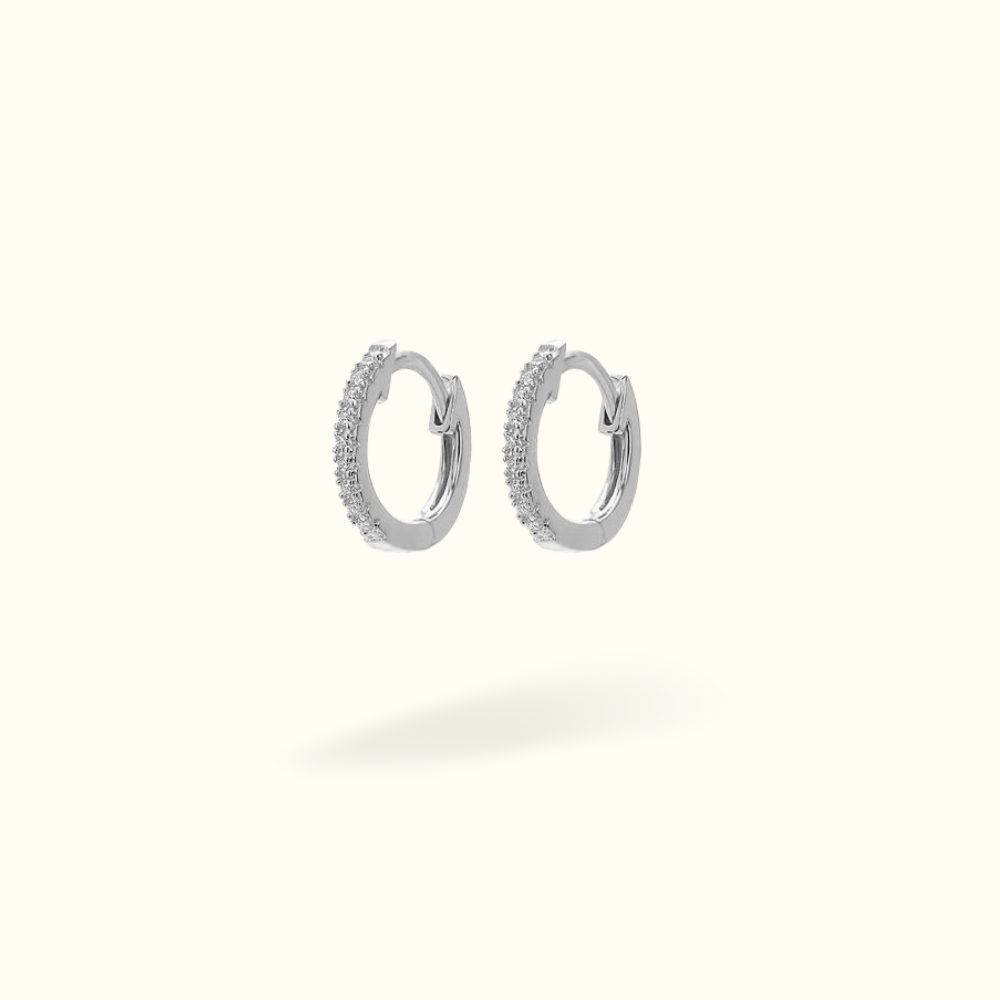

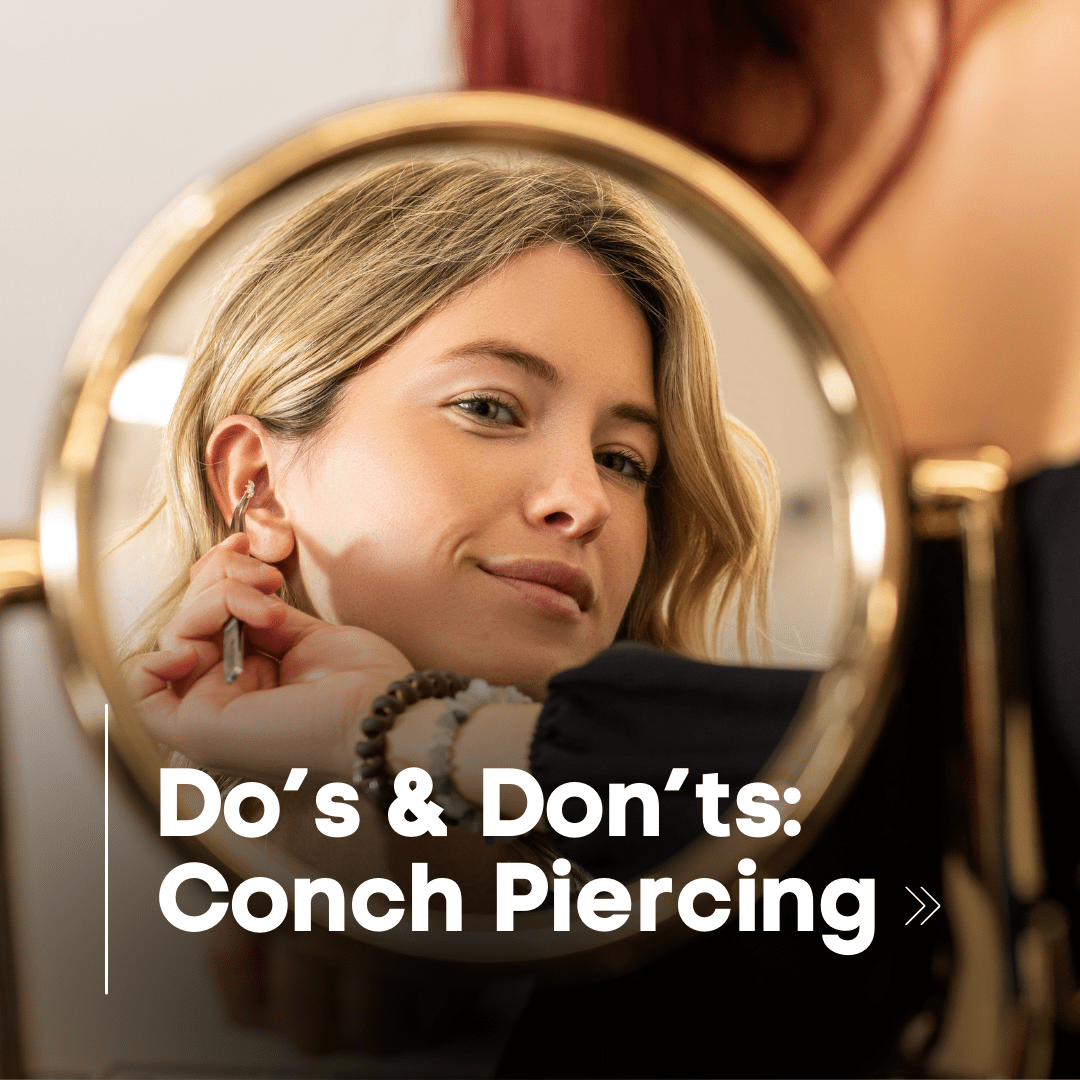
Leave a comment